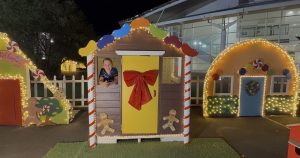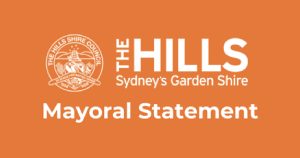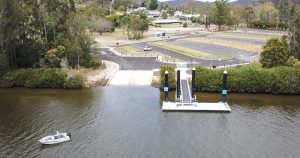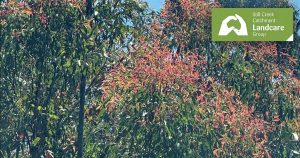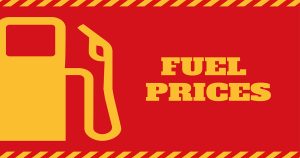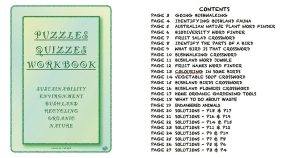Winter Home and Fireplace Safety
The arrival of the cooler months also means an increased risk of preventable house fires. Winter causes people to plug in their heaters, pull out the electric blankets and light up their fireplaces – all of which pose potential fire risks. There are some simple checklist items you should tick off each winter to make sure you’re keeping warm safely.
Particularly important in our neck of the woods is fireplace maintenance. If you have a fireplace in your home make sure the chimney or flue is clean, its properly ventilated, and always place a screen in front of it when in use. A common issue many residents find when first using the fireplace after the warmer months is the issue of smoke filling up the roof cavity or the living area in the house itself. This may be due to a build-up of deposits within the chimney restricting airflow and creating a potential fire risk. Depending on usage, it is preferable to inspect and clean your fireplace around every 1 to 2 years.
Go through this checklist to be fire safe during the colder months:
• Have an adequate number of suitable smoke alarms installed throughout the house.
• Test smoke alarms and change the battery at least once every 12 months.
• A fire extinguisher and fire blanket kept in the kitchen near the exit.
• All items one metre away from heaters.
• Ensure power points aren’t overloaded.
• Household appliances switched off at power point when not in use.
• Electric blanket stored safely – roll don’t fold.
• Electric blankets checked for damage or frayed cords before placing on the bed.
• Lint filter cleaned before each use.
• Have a written home escape plan in case of fire (with two ways out of each room) and practice it regularly.
Hazard Reductions
The cooler weather provides better conditions to perform hazard reductions. A hazard reduction may use a controlled burn as one way of preparing for future bush fires.
While hazard reduction burning is strategically planned to minimise the potential impact of smoke on public health, some members of the community may need to take action to mitigate the risks of smoke from hazard reduction burning by planning ahead.
You can get updated information on where and when hazard reduction burns will be taking place by going to www.rfs.nsw.gov.au and selecting the ‘Fire Information’ tab.
Here are some tips to stay safe during hazard reduction burning:
• Keep doors and windows closed to prevent smoke from entering your home.
• Remove washing from clotheslines.
• Ensure pets have a protected area.
• If you’re driving through a smoky area, slow down, keep your windows up and turn your headlights on.
• Don’t call Triple Zero just to report that it’s smoky. Save Triple Zero for emergencies.

